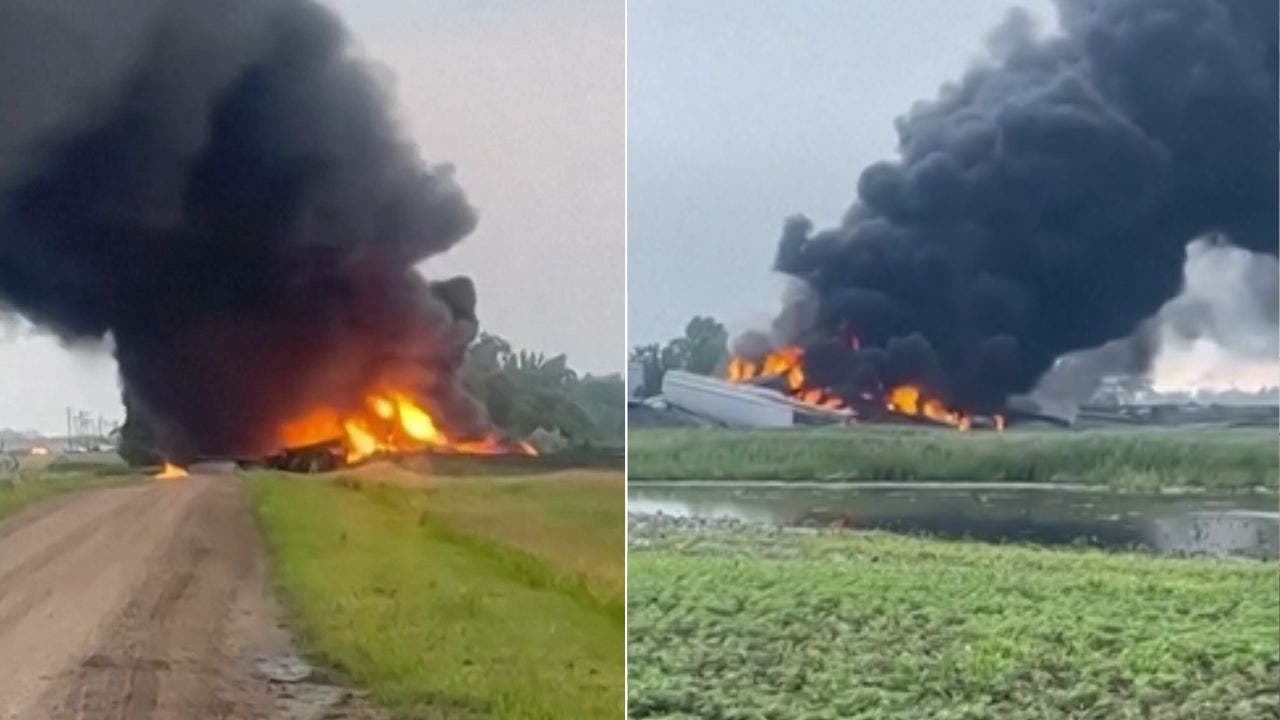There were warnings of high wildfire danger in the days before a deadly blaze overtook the town of Lahaina in Hawaii last year, but the Maui Fire Department did little to get crews set in areas at risk and then struggled to launch firefighting vehicles once the blaze began consuming the town, according to an analysis of the wildfire released on Tuesday.
Some of the crews called up for duty reported that there were delays of up to an hour during the frantic effort to deploy them to the fire lines as workers struggled to gather equipment for their vehicles.
The after-action report, which looked back on the Maui County Fire Department’s response to a disaster that left 101 people dead, highlighted the decision to pursue “minimal upstaffing and prepositioning of resources” in the days before the fire despite the dire weather alerts.
The National Weather Service had issued a red-flag warning about the likelihood of high winds that could stoke a fire across the island’s dry grasslands. But firefighters and officials apparently found no reason to believe that the risk would be any greater than on other windy and dry days, according to the report.
The department did add some extra staffing on the morning of the fire — but even the added crews were not enough to handle a blaze that swept with astonishing speed through the heart of the town, leaving firefighters struggling to maintain adequate water supplies and lines of communication.
The Western Fire Chiefs Association, which conducted the investigation, recommended that the department use new technology that can monitor for areas of potential fire danger, and position firefighters and equipment in areas most at risk.
The report described heroic efforts by firefighters, some of whom used their own vehicles or carried victims on their backs while trying to overcome extreme winds, blocked evacuation routes and a water system that was collapsing. But there were dozens of areas where there was room for improvement, it noted in a series of recommendations to the state and county.
The Maui fire chief, Brad Ventura, said he was proud of the department’s response but believed there was always room for improvement. He noted that crews rescued hundreds of people and that some firefighters battled the blaze while knowing that their own homes were burning down.
“There were firefighters who rescued people and kept them within their apparatus for several hours while they continued to evacuate others, get them to safety and fight the fire at the same time,” Mr. Ventura said.
On the morning of the fire on Aug. 8, winds roaring down the slopes of West Maui helped ignite a morning fire in Lahaina that drew a quick response from firefighters, who were able to contain that blaze. They spent hours at the site but, seeing no signs of fire or smoke, departed in the afternoon to head back to the fire station — minutes before fire was again reported in the same area.
Mr. Ventura said the crew had stayed at the scene of the morning fire for five hours — longer than normal for a brush fire. “They are basically forced to make decisions every single day with the best information that they have available,” he said.
The fire in the afternoon quickly began spreading and soon jumped down the hillside into more residential areas. The after-action report said that at 3:26 p.m., the department directed emergency dispatchers to begin evacuations.
Records show that it was not until 4:16 p.m. that the county sent an emergency cellphone alert, and many residents reported having received no warning until they saw the fire looming near their homes. The report did not explore the reasons for that delay.
With the blaze spreading, off-duty crews were called in. But because relief vehicles are not always fully equipped, the report said, there were delays of up to an hour as staff members worked to get the vehicles properly outfitted.
“During the peak of the August wildfires, off-duty staff were available, but insufficient vehicles hindered full deployment,” the report found. It recommended spending money on standardized equipment to prevent such delays.
It also found problems with emergency communications. Cellphones were inoperable as a result of burned fiber optic lines and loss of power, it said, and radio communications were also problematic: They worked, thanks to a repeater on the nearby island of Lanai, but the radio frequencies were overloaded, the report said.
In all, the investigators made more than 100 recommendations for improvements in training, technology, equipment and other areas. They called for the state to develop a statewide mutual aid plan so that fire departments elsewhere could more seamlessly respond to a disaster. And they advised the county to consider creating a crew to clear vegetation in areas where wildfires could spread.
Hawaiian Electric and the county, the report said, should consider relocating power lines and polls, perhaps placing them underground, to prevent downed wires from blocking escape routes.
The report was the latest in a series of reviews and investigations related to the fire. A report from the state attorney general’s office is set to be released Wednesday.






